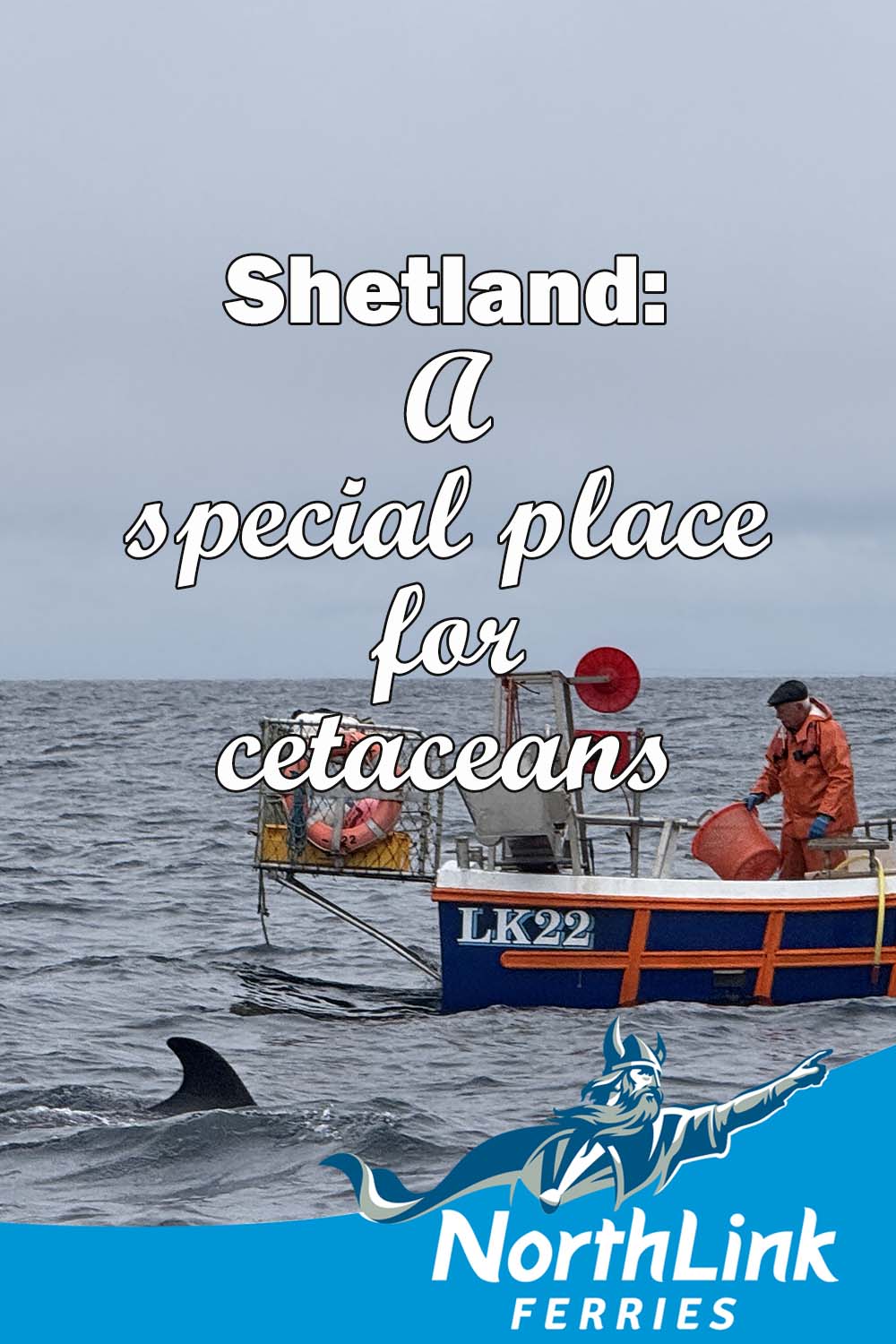Shetland: A special place for cetaceans
Travel writer Robin McKelvie visits Shetland to find out more about the whales, dolphins and porpoises which can be easily spotted during your visit to the islands.
“Shetland is a very special place for cetaceans, unique in the British Isles” beams Phil Harris, experienced naturalist, owner and skipper at Shetland Seabird Tours. “Most of the larger whales are normally out in the deeper ocean north and west of the European shelf. But here around Shetland the shelf is close, so the larger cetaceans come near to the shore where we have the brilliant experience of seeing them up close.”
Spotting cetaceans are most likely between April and July, but year-round sightings have been getting more common. The best way to keep track of whales, dolphins or porpoises, is to keep an eye on the dedicated local Shetland Orca & Cetaceans Sightings Facebook group.
Harris touches on the reason that the Shetland Islands are so remarkably good for spotting all manner of cetaceans – over 20 species of whale, dolphin and porpoise have been spotted in these seriously special waters.
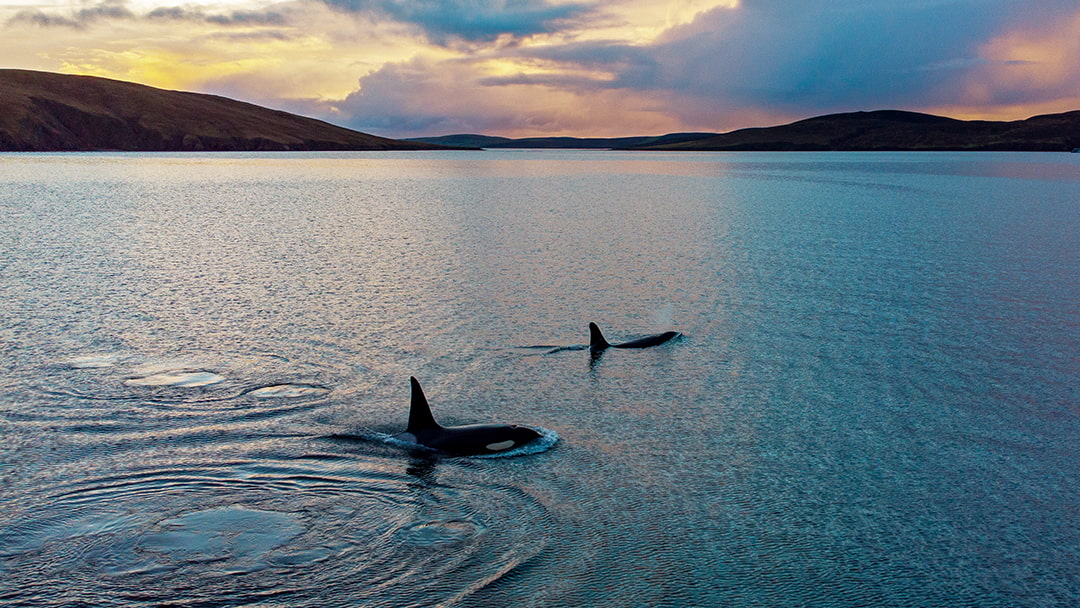
Shetland and its 100 odd islands uniquely lie on the edge of the European Continental Shelf, very close to those deep ocean waters that are one vast marine mammal highway, the haunt of the larger real life leviathans. The archipelago is a vast natural amphitheatre then, the isles themselves the tips of ancient mountains.
Encircled by the waters of the North Atlantic and North Sea, Shetland’s nutrient-rich waters are still relatively balmy, considering we are talking a wildscape just 400 miles shy of the Arctic Circle. The Gulf Stream still has an warming influence even this far north with the North Atlantic Current a continuation of it, helping make these the most densely populated waters anywhere in the British Isles for our marine mammal cousins.
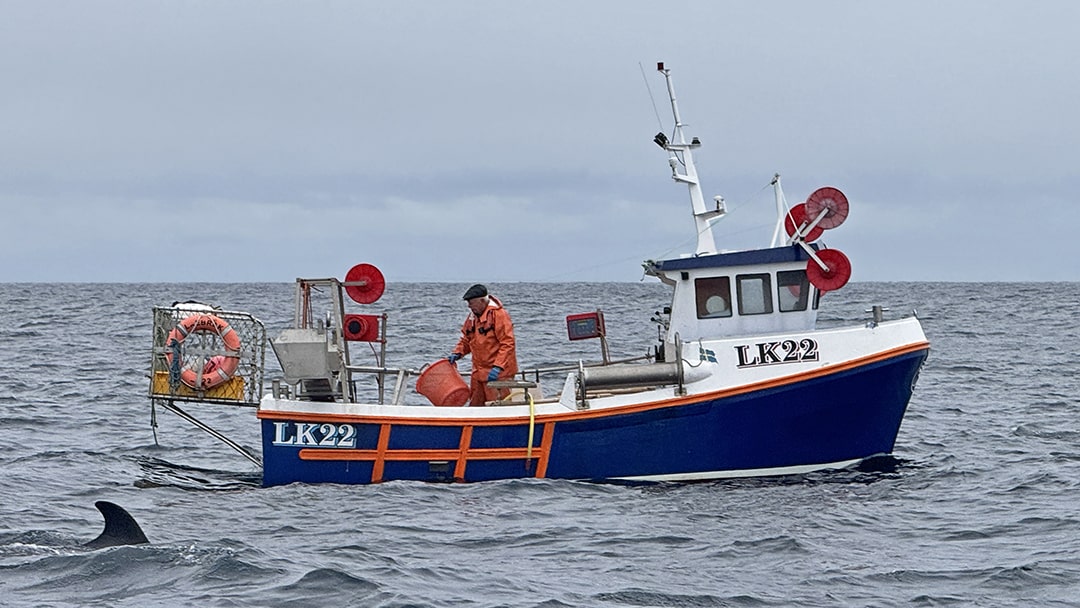
As we circle at a respectful distance from a hulking adult Minke, Harris tells me more: “Our Orca pods for example are virtually resident. We’re talking regular Humpback and Minke too. There is always something around with Basking Sharks and Sperm Whales further out. Shetland is on a cetacean migration route, so we get to see them close to shore.”
If you’re lucky you might already have watched the BBC documentary Wild Isles that really showcased Shetland’s Orcas. If you haven’t I suggest you do as soon as you can. One of things it made people realise is that you can view these majestic mammals from the shore. Harris explains: “We even have shore based viewing, as well as from the boats. In Lerwick you can spot Orcas and other cetaceans, and from Sumburgh Head too. Anywhere on Shetland’s coast offers an opportunity. And then there are the ferries and on a boat trip like the ones we organise.”
Man’s relationship with whales around Shetland has not always been so harmonious. Historically Shetlanders would have driven Pilot Whales ashore, as still happens today in other parts of the world. The Norwegians also set up a sprinkling of whaling stations here in the twentieth century and it is estimated that almost 5,000 whales were caught between 1903 and 1914 alone. Mercifully these days the boats bashing out into Shetland waters have swapped their harpoons for the Nikons, Canons and camera phones of their awestruck tourist guests. Tourism has filled the gap left by whaling.
Man still has an effect on cetaceans of course. Fishing and bycatch of the likes of sand eels can steer cetaceans away from Shetland, even if it’s on a temporary basis as most seem to come back to these nutrient and food rich waters. One huge plus is that in recent years Killer Whales (or Orcas) have been spotted more regularly, with four or more pods spotted inshore on a regular basis in summer, with even larger pods reported by fisherman further offshore. More on this marvellous creature later.
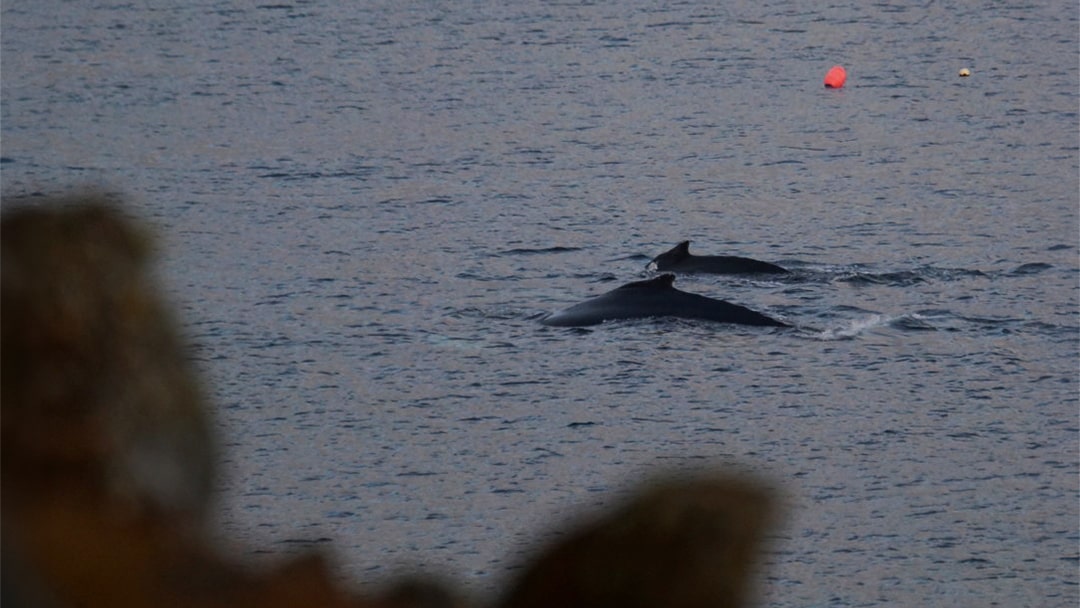
We’ve not had a sighting of a Blue Whale since the 1930s. Since around then The Northern Right Whale has proved equally elusive. Apparently it’s a few years since we’ve had a Fin Whale or a Sei Whale reported either, but there is a far greater chance they’ll be spotted. Sperm Whales are seen too, which is not always good news as they are usually more associated with deeper water and are prone to stranding. Other rare whales that have been seen around Shetland include the Pygmy Sperm Whale and Sowerby’s Beaked Whale.
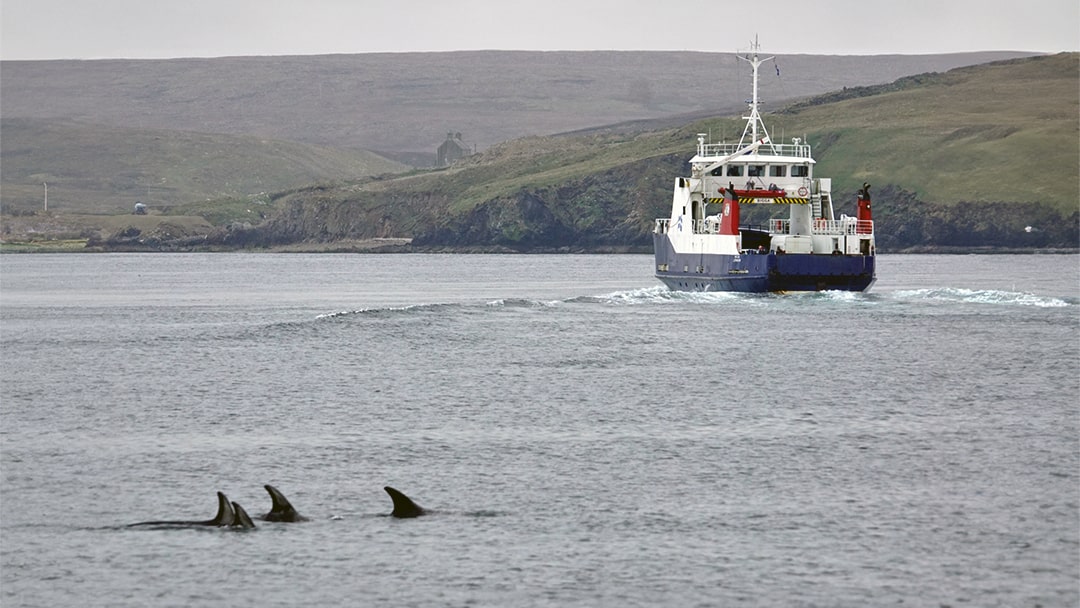
On to dolphins, these are frequent visitors to Shetland. Numbers of Risso’s, Common, Atlantic White-sided and Striped Dolphins have also been rising in recent years and Short-beaked Common Dolphins are also on the rise, said to perhaps be due to rising water temperature. Risso’s for example, although rare elsewhere in the UK, are the most commonly encountered dolphin, with Bluemull Sound, Noss, and Sumburgh Head all renowned for sightings. You can also look out for White-beaked and the Striped Dolphin. You’re unlikely to see the Common Bottlenose Dolphin, though some people I met reckoned they are on the rise.
There have been positive reports in recent years of the rise in Humpback Whale numbers. There are suggestions that one of the Humpback Whales seen around Shetland winters down in the Caribbean before following the Gulf Stream back over the Atlantic.
The Harbour Porpoise in contrast is the most encountered cetacean in Shetland waters. Yell Sound (and its ferries) are great for spying these flighty cetaceans, as are the waters around Whalsay, Mousa Sound and Noss Sound.
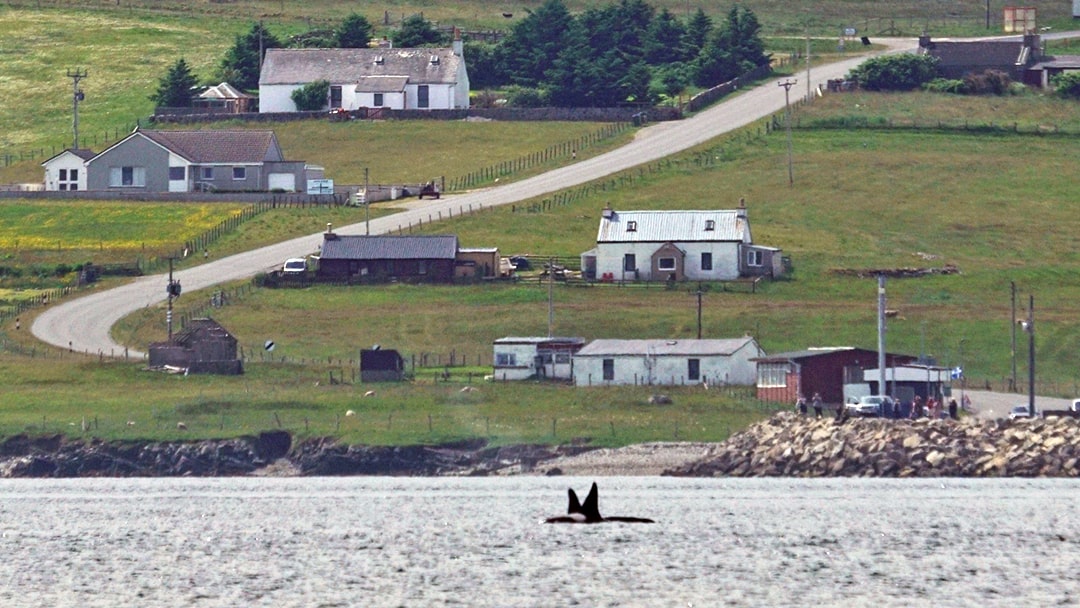
Perhaps the most famous Shetland whale is not actually a whale at all. Yes, Killer ‘Whales’ are actually the largest members of the dolphin family. Numbers have been booming since the 1990s, as captured very memorably by the BBC last year with that Sir David Attenborough show.
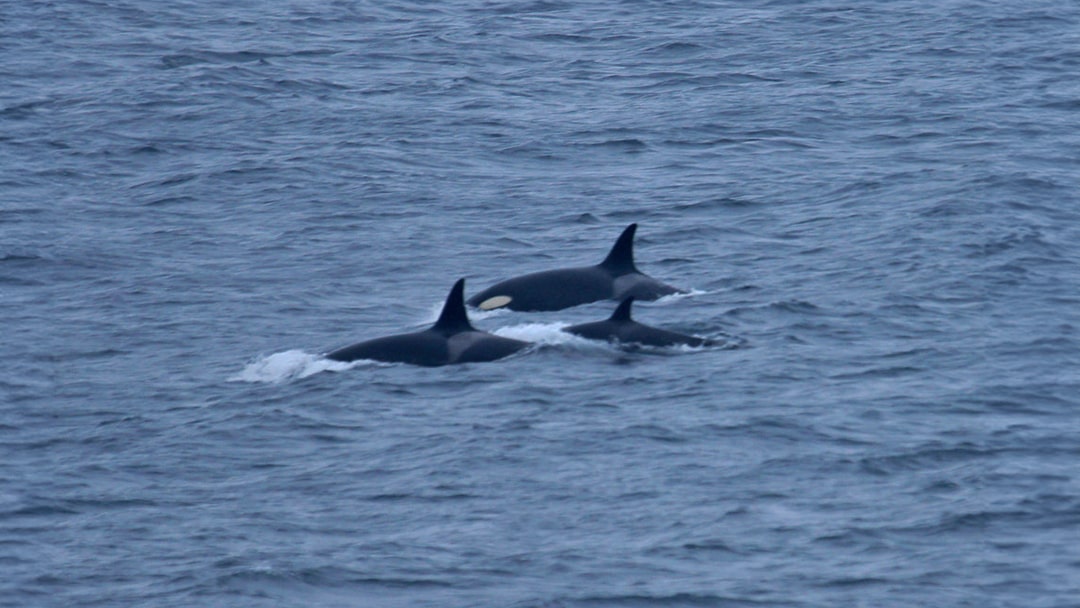
The majority of Killer Whale sightings are traditionally between April and July, with at least four different pods now seen regularly in the islands, but year-round sightings have been getting more common. The pod sizes vary between four and nine animals. If you’re lucky you’ll catch them hunting seals close to shore, maybe even from the car park in Tesco as I have in the past. The best way to keep track of them is keeping an eye on the dedicated local Shetland Orca & Cetaceans Sightings Facebook group.
If you come across cetaceans on your own, whether it’s just on foot on Shetland’s expansive coast, on a boat or even in a kayak, it’s important to know how to safely behave in a way that will not disturb these beautiful creatures. Nature Scotland publish the Scottish Marine Wildlife Watching Code, which you can check out here.
If you’ve dreamt of jetting off to New Zealand or to Canada in search of porpoises, dolphins and whales, then save yourself an air fare and a lot of hassle. Instead just hop on NorthLink Ferries for the journey of a lifetime to Shetland. There is a very good chance you’ll even see seals and dolphins before you lose sight of Aberdeen.
 By Robin McKelvie
By Robin McKelvieRobin McKelvie is an award-winning travel writer and broadcaster who has been published in over 200 magazines and newspapers worldwide.
Pin it!